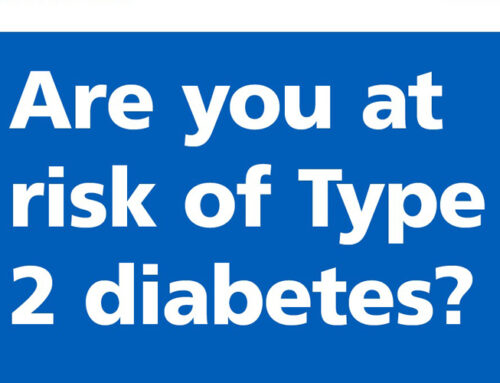Has getting rid of head lice left you scratching your head?
Has getting rid of headlice left you scratching your head?
It’s the part of school all parents dread – the return of the headlice! But with help from Dialachemist you can look forward to you and your kids being bug free!
What are headlice?
Having headlice doesn’t mean you are dirty or have hygiene problems – they can’t fly, jump or swim and are spread by head-to-head contact, climbing from the hair of an infected person to the hair of someone else. Head lice are whitish to grey-brown in colour, and smaller than the size of a pinhead when first hatched. When fully grown they’re about the size of a sesame seed.
The lifecycle of a louse
A female louse lays eggs which stick to the hair shaft close to the root, where they’re kept warm by the scalp. After seven to 10 days, the baby lice hatch and the empty eggshells remain glued in place. These remains are known as nits. Nits are white and become more noticeable as the hair grows and carries them away from the scalp. Head lice feed by biting the scalp and feeding on blood. They take nine to 10 days to become fully grown. Head lice normally only crawl from head to head when they’re adults. A female head louse may start to lay eggs from nine days after she’s hatched. Therefore, to break the cycle and stop them spreading, they need to be removed within nine days of hatching.
Treating Headlice
Here a Dialachemist we stock Hedrin and Vosene headlice treatments to help keep those pesky nits at bay! Get in touch with us to discuss the best treatment – and look forward to a bug-free life for you and your kids.





